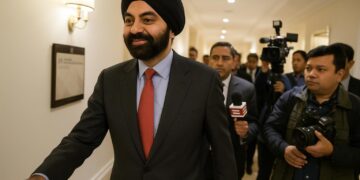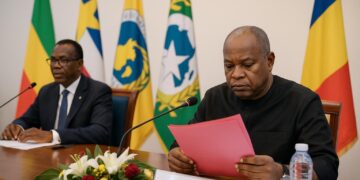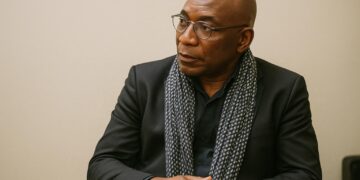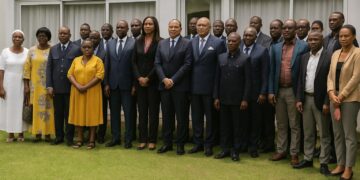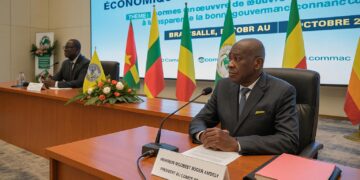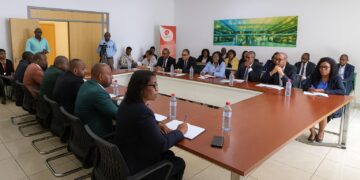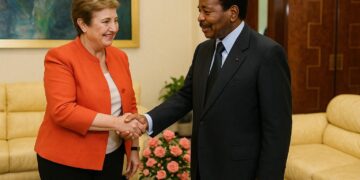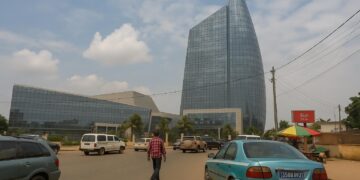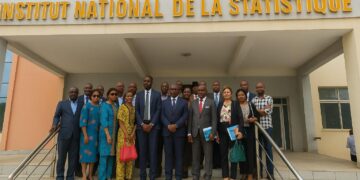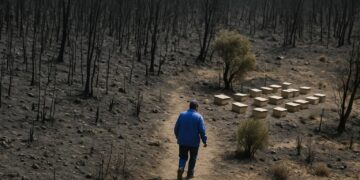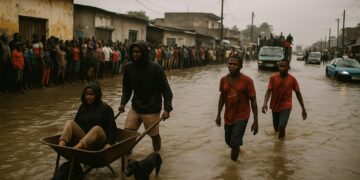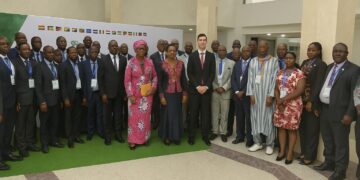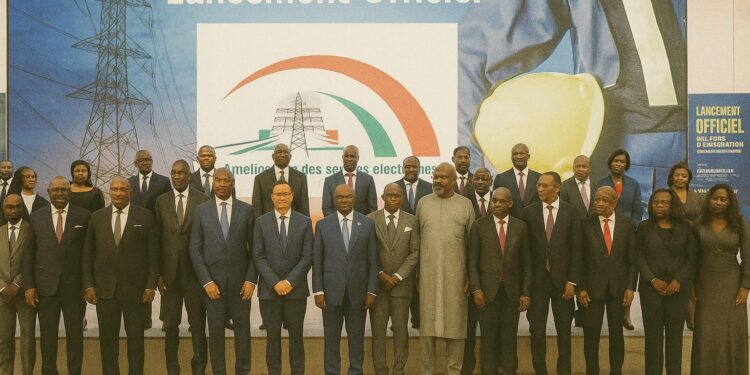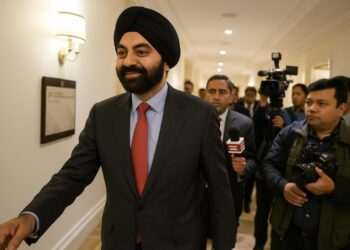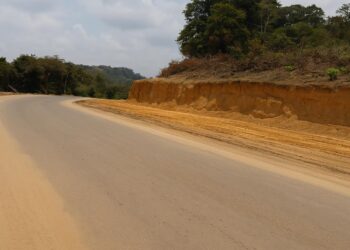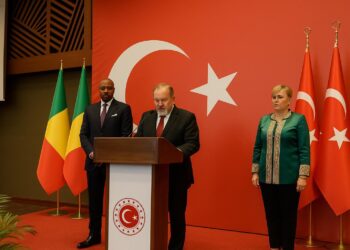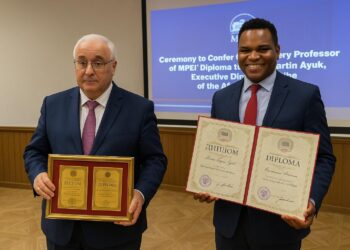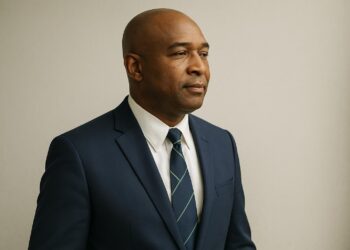Brazzaville’s Energy Imperative
The glow of Brazzaville’s riverfront masks a more prosaic reality: intermittent outages and voltage drops continue to curtail industrial output, household comfort and investor confidence. According to the African Development Bank’s most recent country diagnostic, peak demand in the Republic of Congo has grown by nearly six per cent annually, outpacing distribution upgrades (African Development Bank, 2023). Against this backdrop, the government’s unveiling of the Project for the Enhancement of Electricity Services, universally branded as Pasel, represents a pivotal milestone. Minister of Energy and Hydraulics Emile Ouosso described the scheme as “a collective endeavour to restore civic trust through reliable power”, signalling an official recognition that energy reliability undergirds every subsequent ambition in the national development plan.
While the national generation mix benefits from abundant hydropower potential, technical losses approaching thirty per cent during transmission and distribution continue to erode system efficiency (International Energy Agency, 2022). The Pasel initiative therefore targets the arteries that carry electricity rather than the dams that produce it, a strategic focus echoing regional best practice where grid reliability has often unlocked latent generation capacity.
Anatomy of the Pasel Blueprint
Structured around three mutually reinforcing components, Pasel first addresses bulk transmission by financing static VAR compensators along the Pointe-Noire–Brazzaville high-voltage corridor. These devices will stabilise reactive power flows, permitting heavier loads without compromising frequency. Secondly, the project undertakes a comprehensive refurbishment of the 220-kilovolt Ngoyo and Mbono substations, replacing ageing porcelain insulators and obsolete switchgear with weather-resistant alternatives. Finally, a technical assistance window will embed advisory teams within the public utility, Société Nationale d’Électricité, tasked with modern revenue-protection protocols and real-time monitoring.
This sequencing reflects lessons distilled from comparable interventions in Côte d’Ivoire and Ghana, where simultaneous hardware investment and institutional reform proved decisive in curbing non-technical losses (World Bank, 2021). By replicating that dual approach, Brazzaville seeks not merely new equipment but a new managerial ethos grounded in data transparency and customer responsiveness.
Financing Architecture and Governance Oversight
The World Bank’s USD 100 million credit—channelled through the International Development Association on concessional terms—shields fiscal space while preserving ownership by national authorities. Disbursements are performance-linked, a modality championed by Bank economist Clarence Tsimpo Nkengne to “marry financial prudence with operational discipline”. Independent auditors from the Central African Economic and Monetary Community will provide ex-post verification, reinforcing a culture of accountability that international investors have long requested.
Crucially, Pasel’s governance framework dovetails with the 2022 Electricity Code, which strengthened regulatory autonomy and clarified tariff-setting mechanisms. This alignment should mitigate project-execution risks and create a clearer horizon for eventual private-sector participation in downstream activities, a prospect already under quiet consideration by regional infrastructure funds.
Regional Grid Resilience and Economic Spill-overs
Beyond national borders, Pasel enhances Congo’s position within the Central African Power Pool, whose interconnection master-plan identifies the Pointe-Noire–Brazzaville axis as a future backbone for cross-border trade with Gabon and the Democratic Republic of Congo (Central African Power Pool, 2023). Improved frequency control and reduced technical losses will thus carry diplomatic weight, allowing Brazzaville to transition from a net importer during peak hours to a credible supplier in the medium term.
Economic modelling by the United Nations Economic Commission for Africa suggests that each percentage-point reduction in distribution losses could translate into an additional USD 25 million of annual industrial output. Sectors earmarked for diversification—timber processing, fertiliser production and digital services—stand to gain from predictable voltages, thereby amplifying the project’s development multiplier.
Social Inclusion and Sustainable Development Metrics
The Pasel framework anchors its social contract on inclusivity. Twenty per cent of the loan envelope is ring-fenced for last-mile connections in peri-urban settlements, where connection fees have historically been prohibitive. The Ministry of Social Affairs has already begun mapping vulnerable households to pilot a pre-paid metering scheme aimed at reducing upfront costs and enhancing budgetary control for low-income consumers.
Environmental safeguards draw on the World Bank’s updated Environmental and Social Framework, mandating biodiversity mapping along transmission corridors and community consultations prior to right-of-way clearing. Civil society organisations consulted during appraisal applauded the proactive disclosure of impact-assessment summaries, a practice that underscores the administration’s stated commitment to transparency.
Diplomatic Resonance and Geostrategic Outlook
From a diplomatic perspective, Pasel strengthens Brazzaville’s reputation as a reliable interlocutor for multilateral lenders at a moment when development finance is increasingly conditioned on governance benchmarks. The initiative also complements the African Union’s Agenda 2063 objective of continental electrification, offering Congo a platform to project constructive leadership within regional forums.
Moreover, stabilised electricity supply buttresses security cooperation along the Atlantic seaboard, where port infrastructure depends on uninterrupted power for surveillance and logistics. This nexus of energy and maritime security has attracted discreet interest from European partners seeking resilient supply chains for critical minerals routed through Pointe-Noire.
A Measured Path Forward
While Pasel will not extinguish all operational challenges overnight, its careful blend of engineering upgrades, institutional reform and social safeguards constitutes a pragmatic response to Congo’s power deficits. Success will hinge on meticulous procurement, timely contractor mobilisation and continued high-level political attention. The early decision to embed monitoring dashboards within the Prime Minister’s delivery unit is encouraging, suggesting that the project’s progress will remain visible and data-driven.
In the words of Minister Ouosso, the lights that Pasel intends to keep burning are more than lumens; they are symbols of civic renewal and economic promise. If implementation matches design, Congo’s path toward an inclusive and resilient energy future may well serve as a replicable template across Central Africa.

